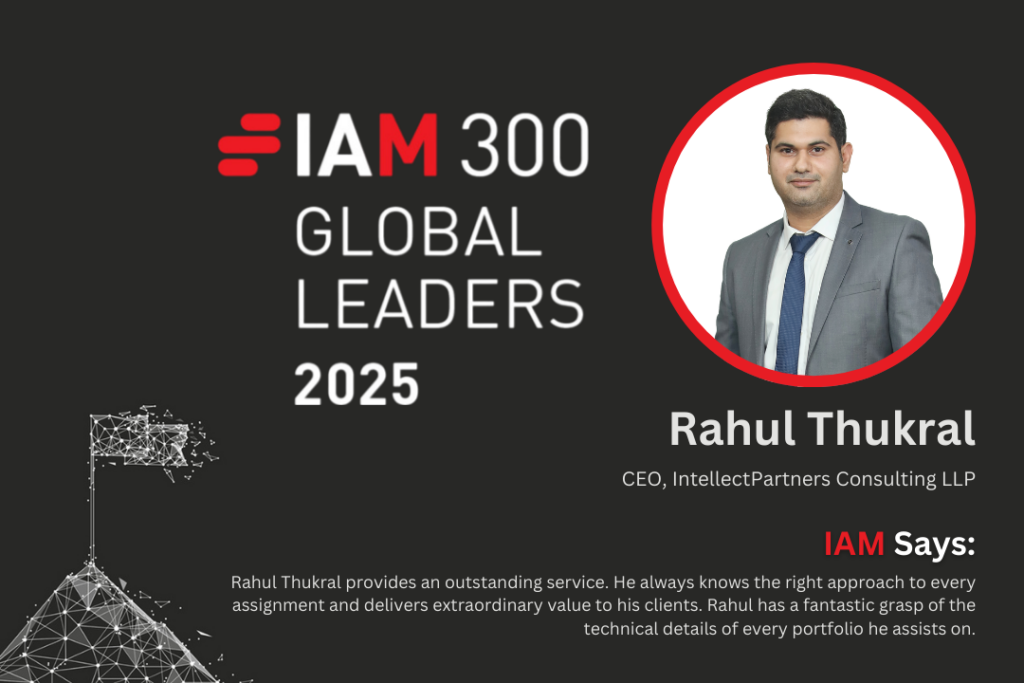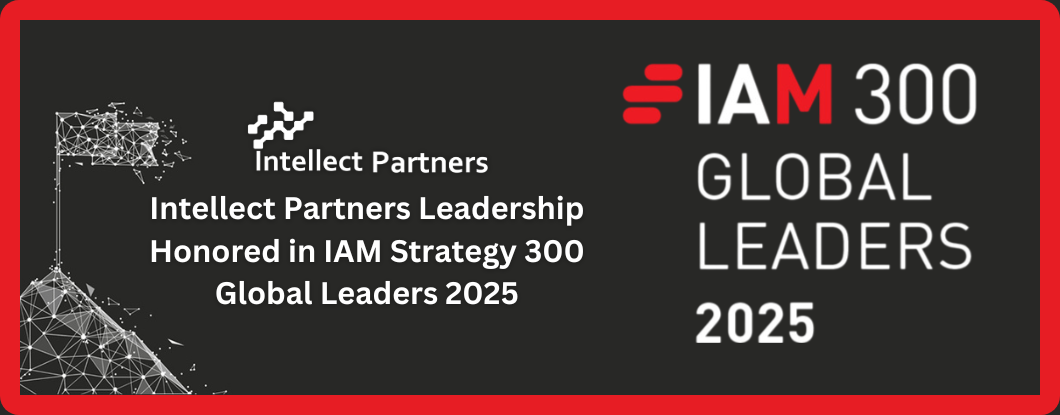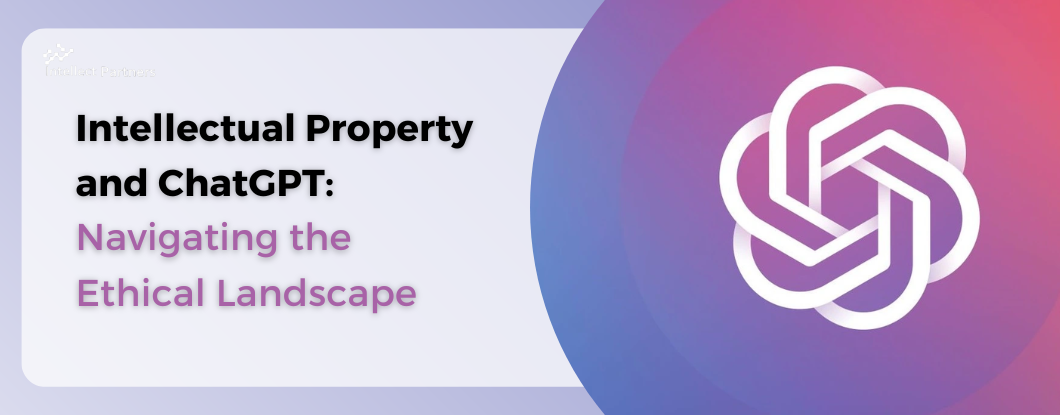Intellect Partners Consulting LLP proudly announces that our CEO, Rahul Thukral, has been named among the distinguished IAM Strategy 300 Global Leaders 2025. This prestigious accolade acknowledges his extraordinary contributions to intellectual property (IP) strategy and innovation consulting, highlighting his expertise and influence within the global IP community.

Rahul Thukral: Transforming IP Consulting with Vision and Leadership
Rahul Thukral, CEO of Intellect Partners Consulting LLP, has consistently exemplified leadership, innovation, and excellence in intellectual property consulting. Through his visionary approach, he has redefined how businesses develop, manage, and monetize their IP assets. His strategic insights have enabled organizations across various industries to unlock significant value from their intellectual property, driving growth and creating sustainable competitive advantages.
Under Rahul’s leadership, Intellect Partners has become a trusted advisor to enterprises worldwide. The firm specializes in delivering expert solutions across IP strategy, litigation support, portfolio management, and monetization. Rahul’s ability to address complex IP challenges with tailored, forward-thinking strategies has not only fueled the company’s growth but also positioned it as an industry leader. His client-centric approach and dedication to driving impactful results continue to shape the firm’s reputation as a preferred partner for businesses navigating the intricate IP landscape.
Celebrating Excellence in Global IP Leadership
Rahul Thukral’s inclusion in the IAM Strategy 300 Global Leaders 2025 represents a significant milestone, underscoring his profound impact on the global IP ecosystem. This recognition reflects his steadfast commitment to empowering businesses with innovative IP strategies, fostering value creation, and supporting long-term success through thoughtful and strategic decision-making.
At Intellect Partners Consulting LLP, we take immense pride in this achievement. Rahul’s recognition inspires us to continue delivering cutting-edge IP solutions that empower our clients to thrive in an increasingly competitive and innovation-driven world. We remain dedicated to helping organizations maximize the potential of their intellectual property, ensuring they achieve meaningful and lasting business outcomes.




